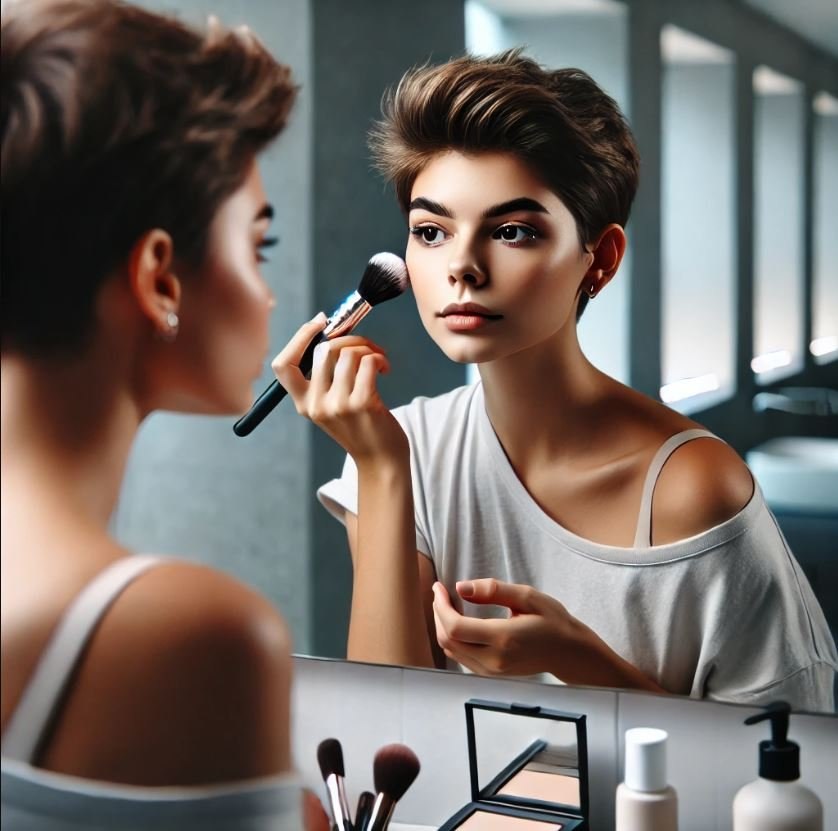
Inside Gen Z’s makeup trends – Less is more
Gen Z’s approach to make-up is different from other generations, with their habits revealing a blend of minimalism and unique preferences that set them apart. Using data from YouGov Profiles, let’s look into what makes Gen Z stand out when it comes to make-up usage and preferences.
- Gen Z are occasional make-up wearers
While a majority of Gen Z isn't wearing make-up daily, 22% say they wear it occasionally – higher than any other generation. This suggests that Gen Z treats make-up more as an option for special moments rather than an everyday necessity. Only 6% of Gen Z wears make-up every day, the lowest among all age groups, showing a more relaxed attitude compared to Millennials or Gen X.
2. Lip gloss takes center stage
Gen Z have few product preferences that make them different. They’re slightly more likely to use lip gloss (19%) and concealer (16%) compared to older generations, who lean toward more traditional options like lipstick and eyeliner. This preference suggests a youthful, natural look, which aligns with their occasional make-up use and desire to keep things simple.
3. Natural ingredients and skin suitability matter most
When choosing make-up, Gen Z places high importance on natural or organic ingredients (34%) and products suitable for specific skin types (44%), surpassing all other age groups in these areas. Sustainability is also a bigger concern for them (25%) compared to Baby Boomers and Gen X, showing a preference for brands that align with their values on environmental issues. These factors reveal a generation that’s conscious of both personal health and the world around them.
Gen Z’s make-up habits show a shift towards intentionality and minimalism, where the focus is on quality and values rather than daily wear or flashy products.
Methodology: YouGov Profiles is based on continuously collected data and rolling surveys, rather than from a single limited questionnaire. Profiles data for the US is nationally representative and weighted by age, gender, education, region, and race.